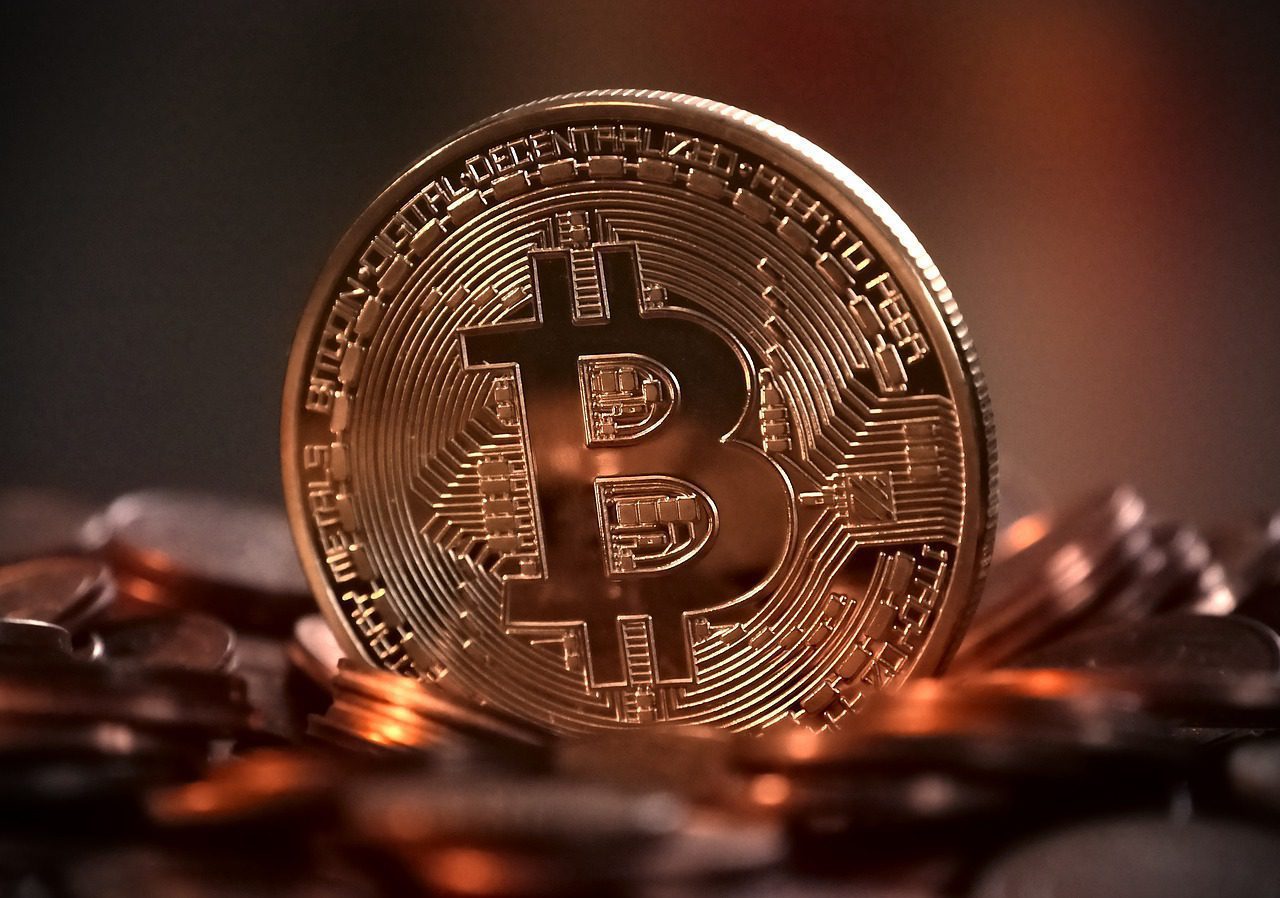With the Bitcoin halving looming on the horizon, poised to occur tonight, the underlying network of the world’s largest cryptocurrency is on the brink of experiencing its most significant change in years.
Considerable speculation surrounds how this shift will impact BTC’s price and the broader crypto market. Yet, amidst these discussions, attention turns to Bitcoin’s contentious and undeniably substantial environmental footprint.

The implications of the halving on this front are intricate.
By halving BTC mining rewards, the latest adjustment will once again alter the landscape of who can sustain the substantial energy consumption required for mining new BTC. Initially, miners could earn 50 BTC per block; currently, they earn 6.25 BTC, and imminently, this will decrease to 3.125 BTC.
Anticipation for the Bitcoin halving is widespread, largely viewed as a precursor to a bullish market trend due to the reduction in new token creation causing a supply shortage that drives BTC prices upward. However, fundamentally, the halving aims to curb Bitcoin production by rendering mining less profitable, thereby placing miners in a precarious position during this quadrennial transition.
As mining rewards dwindle, independent miners face potential elimination from the market, leaving institutional behemoths, equipped with cutting-edge technology and significant investments, to dominate the field.
Kyle Schneps, VP of public policy at Foundry, a crypto mining and staking firm, underscores the necessity for miners to enhance efficiency to maintain profitability. This entails adopting more efficient machines and accessing affordable energy, typically sourced from renewables in remote areas.
Larger entities are better equipped to embrace energy-efficient technologies and renewable energy sources, consolidating their dominance post-halving. Consequently, BTC mining is poised to increasingly rely on highly efficient and often renewable energy sources.
Isaac Holyoak, Chief Communications Officer at CleanSpark, anticipates a potential 15% decline in Bitcoin’s global hash rate post-halving. A reduction in hash rate signals decreased energy usage, with remaining machines optimizing the utilization of stranded energy and grid balance more efficiently.
In the short term, the halving may bode well for alleviating concerns regarding Bitcoin mining’s environmental impact. However, experts caution that this improvement may be short-lived. Nishant Sharma, founder of BlocksBridge, posits that as Bitcoin gains mainstream acceptance and usage diversifies, transaction volume will surge, subsequently increasing the network’s computational demands.
While the halving may temporarily enhance Bitcoin’s environmental outlook, it is unlikely to quell ongoing debates surrounding its substantial energy consumption. Recent legislative moves, such as Norway’s proposal to regulate environmentally harmful mining operations, suggest that such debates are far from over.

